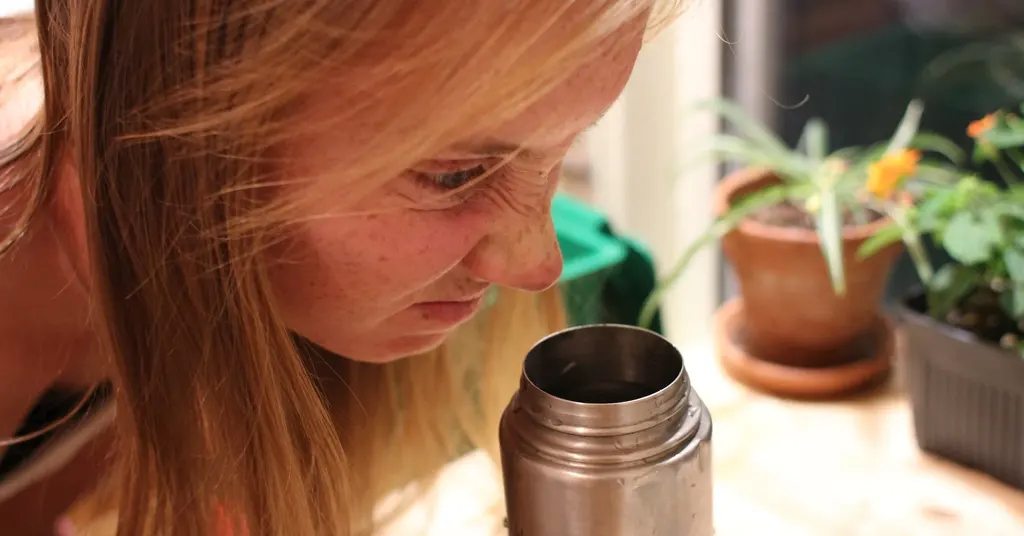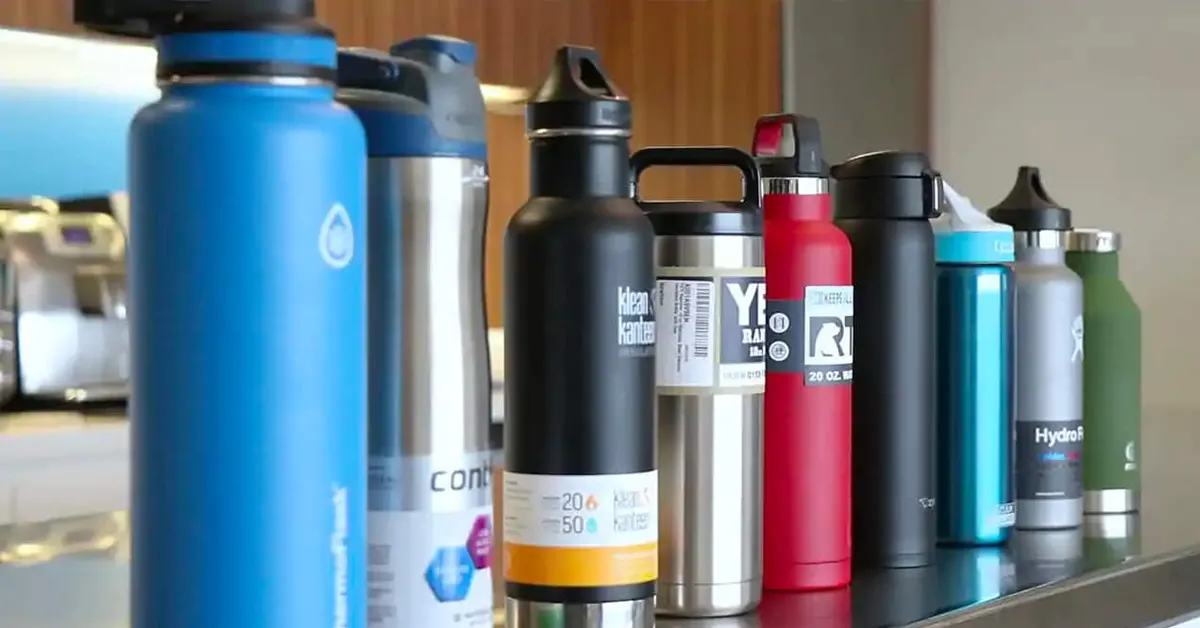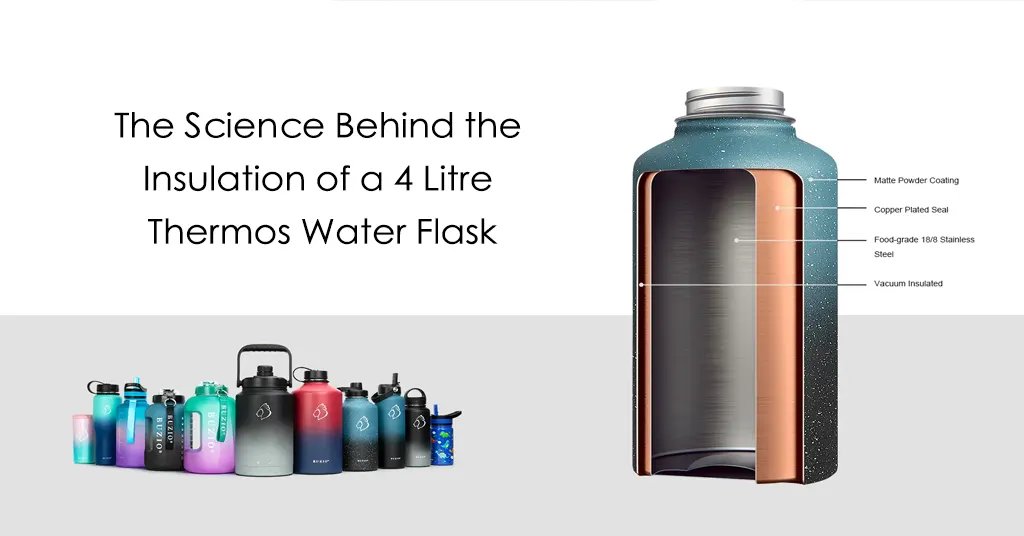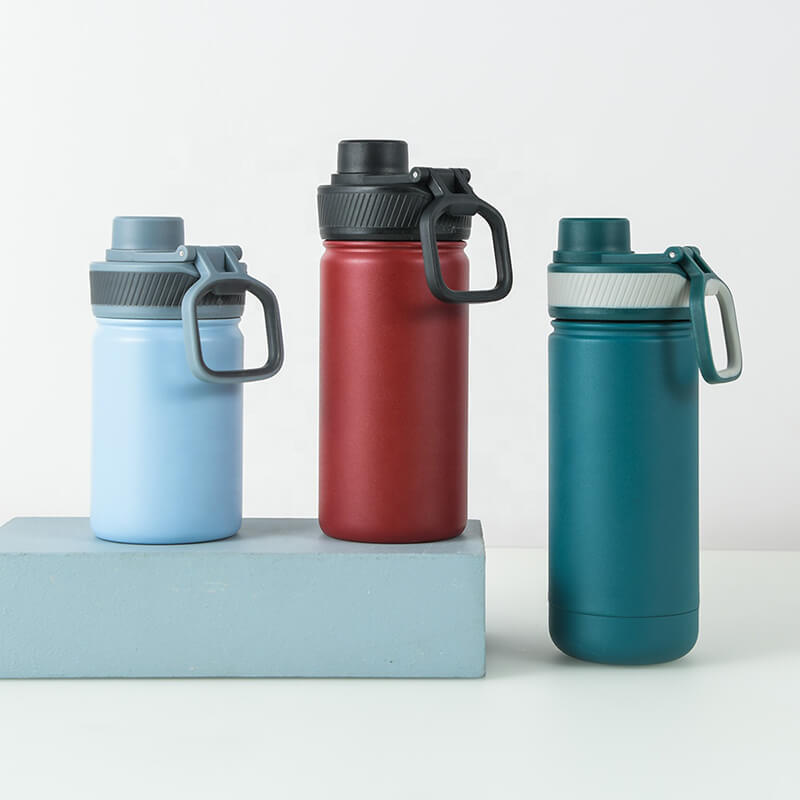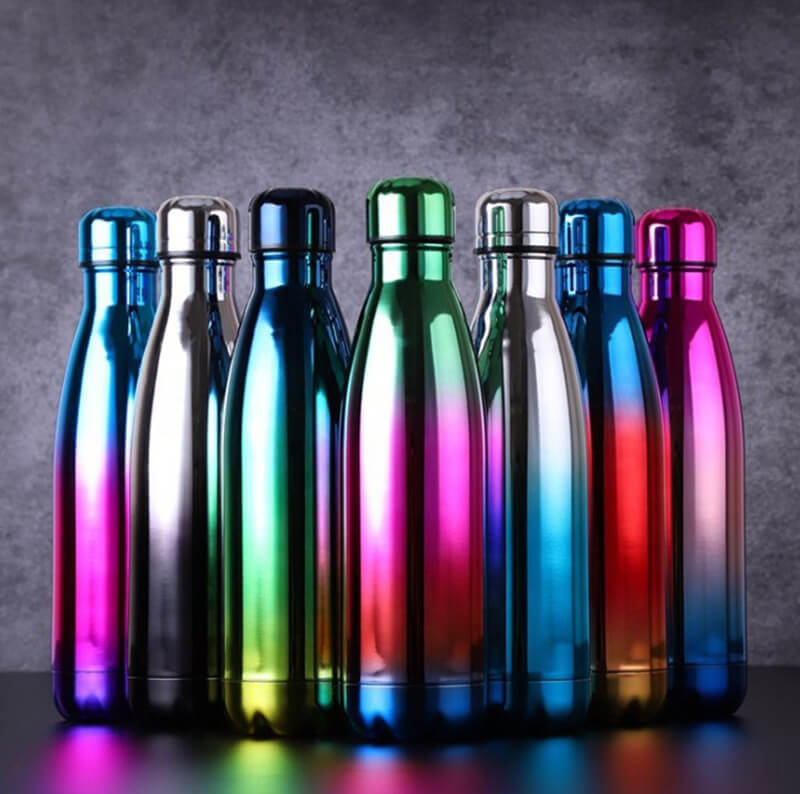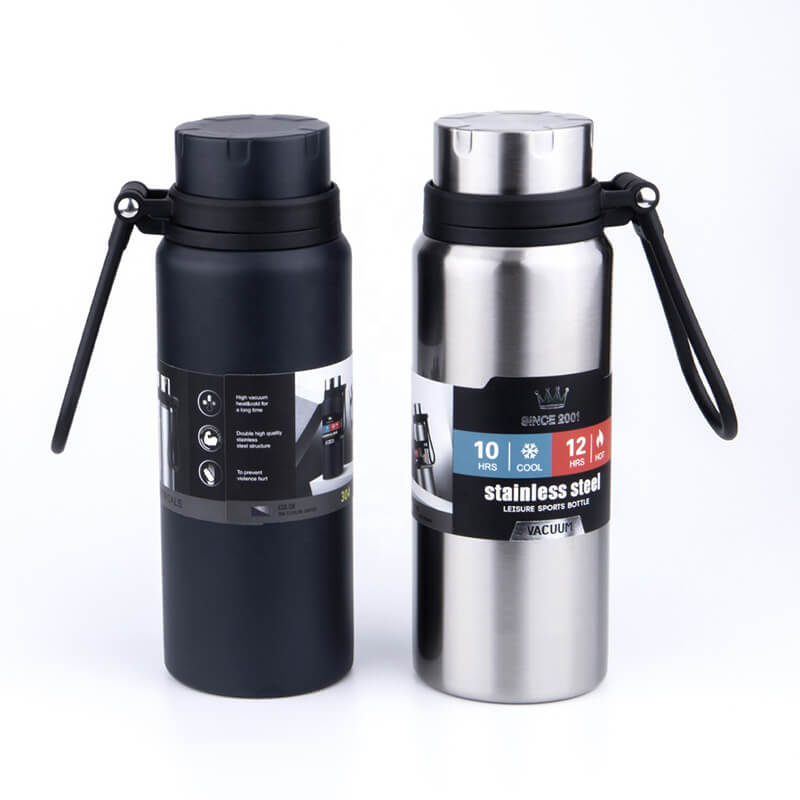Table of Contents
Basic Guide for Choosing an Insulated Water Bottle
Choosing the best insulated bottle ensures your drinks stay hot or cold for hours, whether you’re hiking, commuting, or working at the office. With countless options, from stainless steel to plastic, how do you pick a high-quality product? This guide covers key factors like insulation performance, material safety, and testing methods to help you make an informed decision.
Key Factors for Choosing an Insulated Water Bottle
1. Insulation Performance
A top-tier insulated water bottle maintains drink temperatures for extended periods. High-quality bottles use double-wall vacuum insulation to keep drinks cold for up to 24 hours or hot for 12 hours (ASTM F3263-17 standard). Poor insulation results in rapid temperature loss.
Test It: Fill the insulated water bottle with boiling water, seal the lid, and wait 2-3 minutes. Touch the exterior. If it feels warm, the vacuum seal is weak, indicating subpar insulation.
2. Material Quality
The insulated water bottle’s material impacts safety, durability, and performance:
- 18/8 Stainless Steel: Contains 18% chromium and 8% nickel, making it rust-resistant, corrosion-resistant, and food-safe (FDA-compliant).
- Food-Grade Plastic: Used in lids, it should be BPA-free, with a faint smell, smooth surface, and no rough edges. Avoid recycled plastics with strong odors or dull finishes, which may age quickly.
Test It: Soak stainless steel in 1% salt water for 24 hours. Rust spots indicate low-quality material with harmful elements.
3. Seal and Lid Performance
A secure lid prevents leaks and maintains insulation. Poorly designed lids allow heat or cold to escape, reducing performance.
Test It: Fill the insulated water bottle with water, seal the lid, and place it flat on a table. No water should leak. Ensure the lid screws on smoothly with no gaps.
4. Capacity and Design
The insulated water bottle‘s capacity should match its advertised value, with the inner liner’s depth aligning with the outer shell (difference of 16-18mm). Some low-quality bottles add weight with fillers like sand, so heavier isn’t always better.
Test It: Verify the capacity with a measuring cup. Check for consistent design to ensure no hidden fillers.
| Test Method | Purpose | Pass Criteria |
|---|---|---|
| Insulation Test | Check vacuum seal | No warmth on exterior after 2–3 min |
| Seal Test | Ensure leak-proof lid | No water leakage when laid flat |
| Material Test | Verify stainless steel quality | No rust after 24h in 1% salt water |
| Plastic Test | Confirm food-grade plastic | Faint smell, smooth surface |
| Source: Consumer Testing Institute, 2023. | ||
Comparing Top Insulated Water Bottle Brands
| Brand | Insulation (Cold/Hot) | Material | Leak-Proof | Price Range |
|---|---|---|---|---|
| Hydro Flask | 24h / 12h | 18/8 SS, BPA-free | Yes | $40–$60 |
| Yeti Rambler | 24h / 12h | 18/8 SS, BPA-free | Yes | $35–$50 |
| Stanley Quencher | 11h / 7h | 90% Recycled SS | Partial | $45 |
| Klean Kanteen | 20h / 10h | 18/8 SS, BPA-free | Yes | $30–$45 |
Practical Tips for Choosing an Insulated Water Bottle
- Match Your Needs: Choose a 20-24oz bottle for portability (e.g., gym, office) or a 40oz model for all-day hydration (e.g., hiking).
- Check Lid Design: Opt for screw-on lids with silicone gaskets for leak-proof performance.
- Verify Certifications: Look for BPA-free and FDA-compliant labels.
- Test Before Buying: Use the insulation and seal tests described above.
- Read Reviews: Check user feedback for real-world performance and durability.
Addressing Common Concerns
- Price: Quality water bottles cost $30-$60, but their durability justifies the investment.
- Weight: Larger water bottles (e.g., 40oz) can weigh ~2 lbs when full, so consider smaller sizes for portability.
- Maintenance: Hand wash with warm soapy water and a bottle brush. Most lids are dishwasher-safe.
FAQs About Insulated Water Bottles
How long should an insulated bottle keep drinks hot or cold?
Top models keep drinks cold for 24 hours or hot for 12 hours, per ASTM standards.
What is 18/8 stainless steel?
It contains 18% chromium and 8% nickel, ensuring rust resistance and food safety.
How do I know if the plastic is food-grade?
Food-grade plastic has a faint smell, smooth surface, and no rough edges. Check for BPA-free certification.
Can I put hot drinks in an insulated water bottle?
Yes, high-quality bottles handle hot beverages safely, but use caution to avoid burns.
How do I test insulation quality?
Fill with boiling water, seal, and check for exterior warmth after 2-3 minutes. No heat indicates a strong vacuum seal.
Conclusion: Find Your Perfect Insulated Water Bottle
Choosing the best insulated water bottle involves evaluating insulation performance, material quality, and design. By using simple tests and prioritizing 18/8 stainless steel, food-grade plastics, and secure lids, you can find a durable, eco-friendly bottle that keeps drinks at the perfect temperature. Compare brands like Hydro Flask, Yeti, and Stanley to match your lifestyle, whether for hiking, commuting, or daily hydration.
More questions? Please feel free to contact YKSC, the leading vacuum insulated stainless steel water bottle manufacturer. Send an email to [email protected], you will get quick response within 24 hours.
Have Anything To Ask Us?
Please fill in the detailed information in the form, and we will contact you as soon as possible
